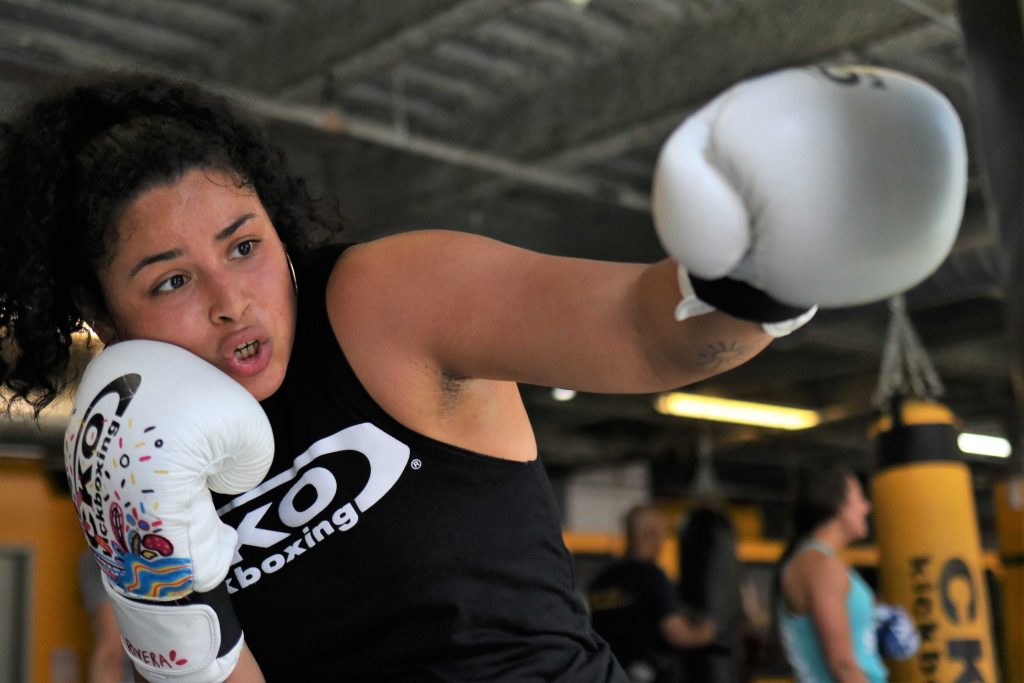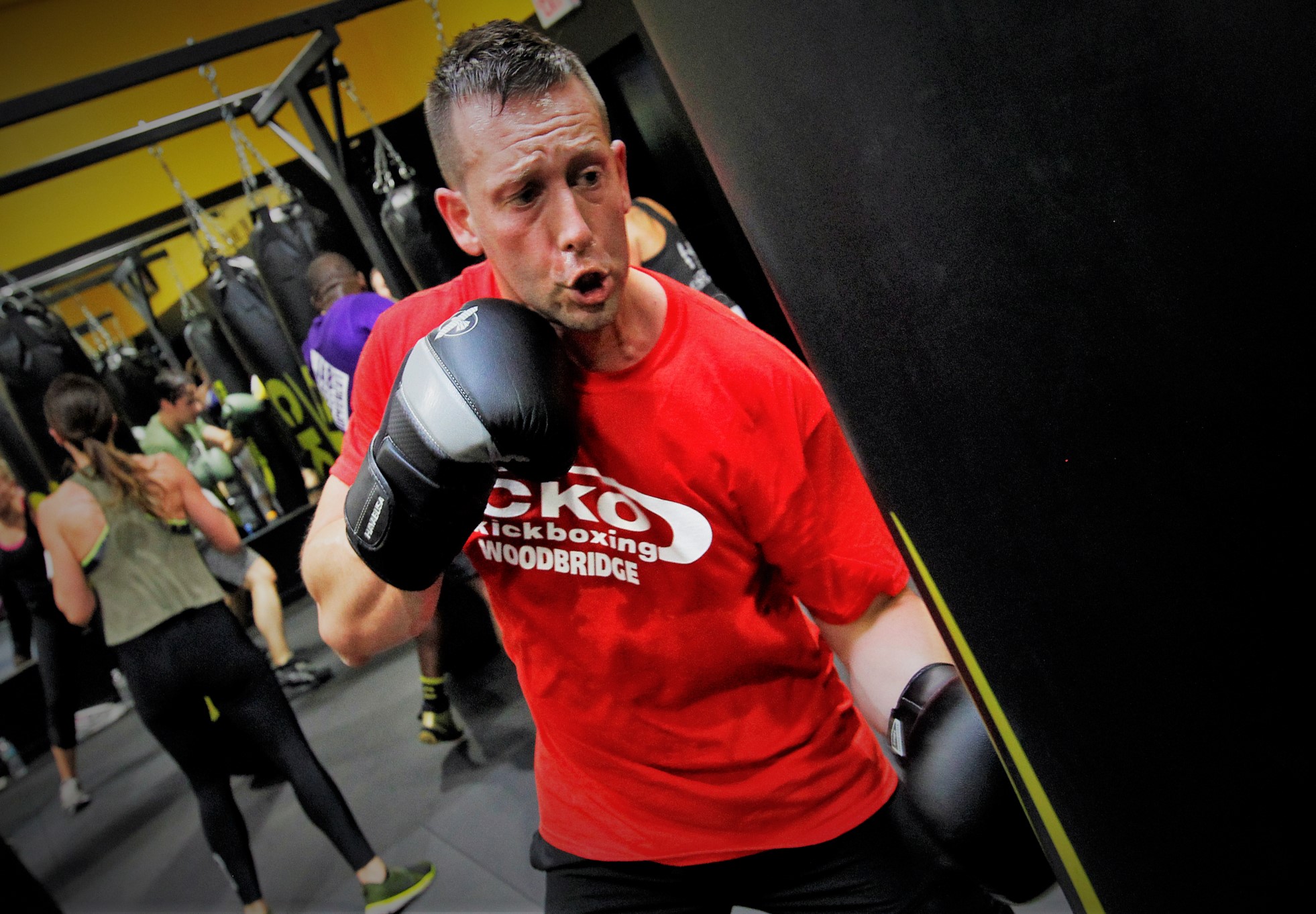You breathe in. You breathe out. From the moment you are born you take about 20,000 breaths per day. It’s on repeat. No thinking about it. No coercing it to occur.
When it comes to exercise, however, you have to be thoughtful with your breathing.
How you breathe while you exercise can be the difference between a C- workout and an A+ one. You can simply check the “workout” box off your list or you can conquer it. If you’re a CKO-er, workout domination seems more your speed. Am I right?
The entire movement, breathing, and scientific body makeup connection can get very clinical. So best to keep it simple. As you exercise, your muscles begin to work. Those working muscles require more oxygen to keep up the good work. And so begins the incredible cycle to make this happen.
You begin to breathe faster, so that your blood can acquire more oxygen from your lungs. The heart then pumps that O2-filled blood to the muscles you are using in your workout. The muscles are now satiated.
Over time, as you exercise these muscles again and again, they become stronger, better conditioned, capable of more.
To get more out of your workout, it really does all start with breathing. The intentional kind.

WHEN TO BREATHE
When you exert energy is when you should exhale. In the case of the CKO Kickboxing workout, those exhales should occur as you strike.
With every jab, every cross, every roundhouse, every time you make contact with the bag; that’s when you breathe out. When you release your arm or leg back to boxing stance is when you breathe in again.
It seems straight-forward enough. But what about those combos, those speed rounds even, when all you’re doing is striking the bag at a rapid fire pace? If you’re constantly exhaling, when do you fit in the inhales? This is the time when you inhale and exhale just as quickly as you throw your strikes. Quick short breaths throughout these rounds. In and out. In and out.
There’s more to the CKO workout than contemplating your breathing with those strong stikes of yours. Calisthenics and isometric exercises play valuable roles in rounding out the workout, and breathing while performing them is equally as important.
Calisthenics are bodyweight exercises that involve pushing, pulling and jumping, predominantly using your large muscle groups. Squat jumps, push ups and walking lunges are prime examples.
Just as when you perform a strike, exhaling as you exert and inhaling as you pull back, you do the same with calisthenics. Take pushups. While you lower your chest to the floor is when you inhale, filling your lunges with the oxygen it needs to exhale as you exert yourself to push up.
Isometrics, such as planks and squat holds, are another core element to the CKO workout. These babies require immense perseverance, especially during those last 10 seconds that feel like an eternity.
You may recall hearing your CKO Instructor remind you to breathe during those sweat-inducing (and sometimes swear-inducing) exercises. It’s quite common to find that you’ve been holding your breath, as it’s a natural inclination during times of strain or intensity. However, as you now understand how the body works and your muscles’ need of proper oxygen flow, holding your breath will not allow the flow to occur.
HOW TO BREATHE
No matter if you’re hooking the bag, doing walking lunges or holding a squat, the way you breathe is just as important as when you breathe.
In through the nose. Out through the mouth.
With each strike of the bag, the chief example of energy exertion at CKO, exhale quickly. You should experience short bursts of breath out through your mouth.
Concentrate on making the ‘shhh” sound whenever you make contact with the bag. This will force you to breathe, should you forget.
By practicing exhalation during exertion you will begin to automatically inhale because with every exhale you need an inhale, right? This will keep you from holding your breath, allowing you to release CO2 and deliver oxygen throughout your body, especially to those muscles in need.
Breathing can make or break your workout. Increased breathing equates to increased blood flow which causes increased oxygen flow which results in increased aerobic ability and performance.
With every breath you take, you are fueling your muscles, giving them what they need to hang in there with you throughout your workout. And that has a long-term positive impact on your workouts to come. Increased strength, endurance and conditioning can only mean one thing – successful future workouts and a more fit you!
***
Kimberly Oley is a self-employed content writer and strategist who began as Contributing CKO Author in 2018.







